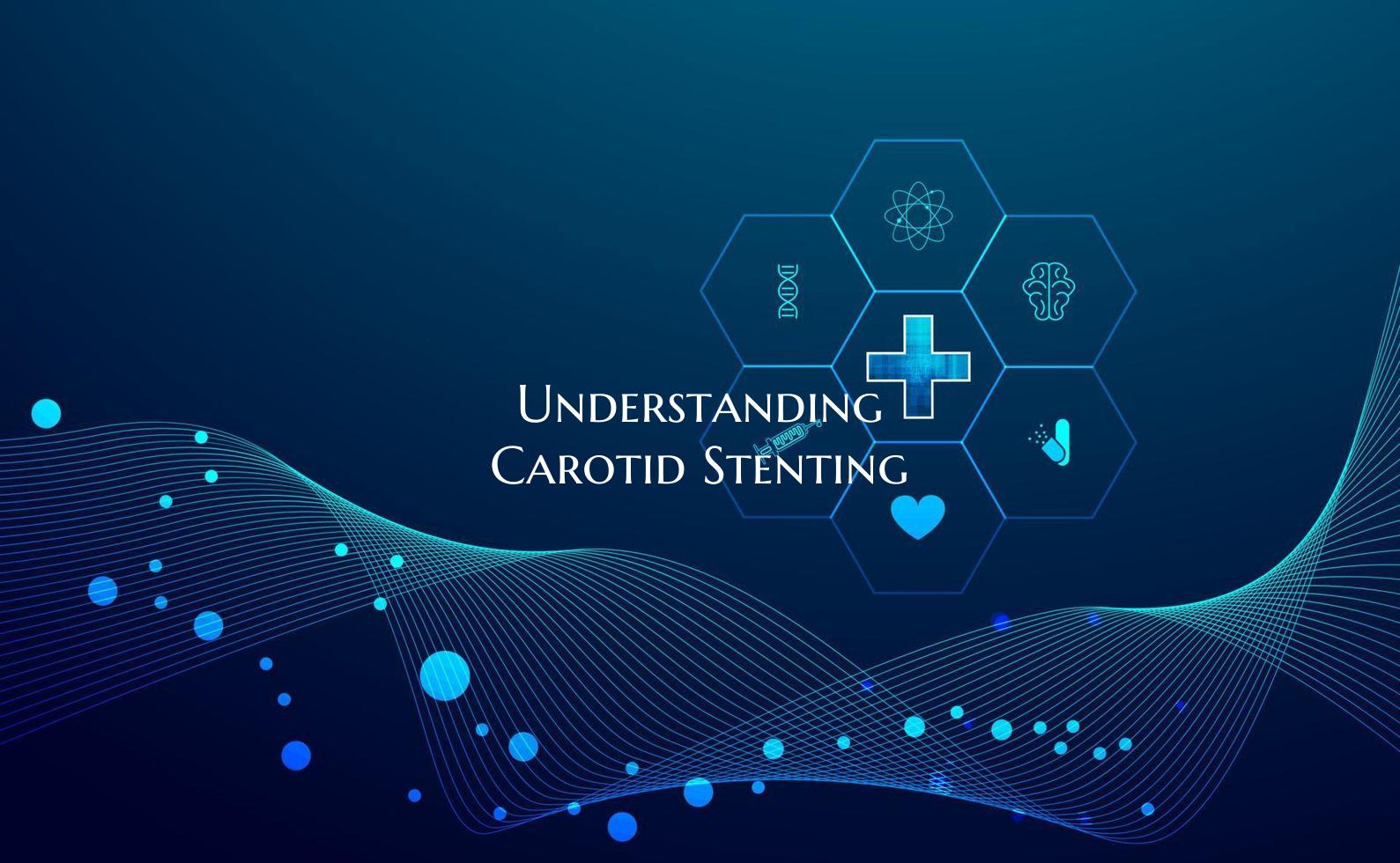
Understanding Carotid Stenting
Carotid stenting is a minimally invasive procedure that is used to treat carotid artery disease, a condition where the carotid arteries become narrowed or blocked, leading to reduced blood flow to the brain. This procedure involves using a small, flexible tube called a catheter to place a stent - a metal mesh tube - in the affected carotid artery to keep it open and improve blood flow.
Carotid stenting is often recommended for patients who are at high risk for complications from traditional surgery to clear blocked carotid arteries, known as carotid endarterectomy. This procedure is typically performed by an interventional cardiologist or an interventional radiologist in a specialized facility equipped with the necessary imaging technology.
During the carotid stenting procedure, the patient is usually given a local anesthetic to numb the area where the catheter will be inserted, which is typically in the groin area. Using X-ray guidance, the catheter is then carefully threaded through the blood vessels to reach the blockage in the carotid artery. Once in place, the stent is expanded to push back the plaque build-up and restore blood flow.
After the stent is successfully deployed, the catheter is removed, and the incision site may be closed with a small bandage. Patients are usually monitored for a short period after the procedure to ensure there are no complications and may be advised to take medications to prevent blood clots and further plaque build-up.
While carotid stenting is generally considered safe and effective, like any medical procedure, it carries some risks, including blood clots, stroke, or injury to the blood vessel. Patients should discuss the potential benefits and risks with their healthcare provider before deciding on the best treatment option for carotid artery disease.
In conclusion, carotid stenting is a valuable minimally invasive procedure for treating carotid artery disease in high-risk patients. By understanding the process and potential outcomes of this intervention, individuals can make informed decisions about their healthcare and work with their medical team to ensure the best possible outcome for their condition.